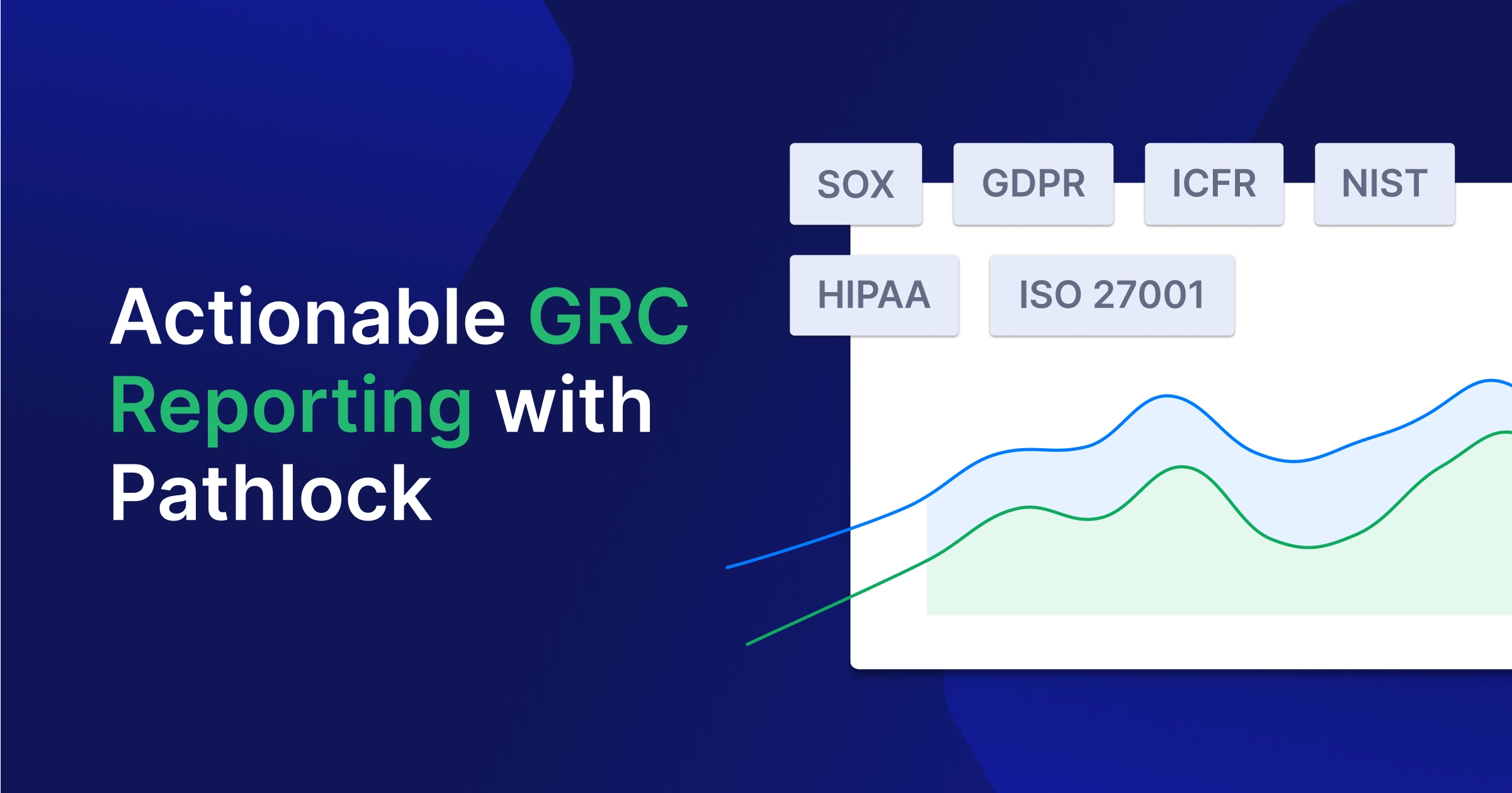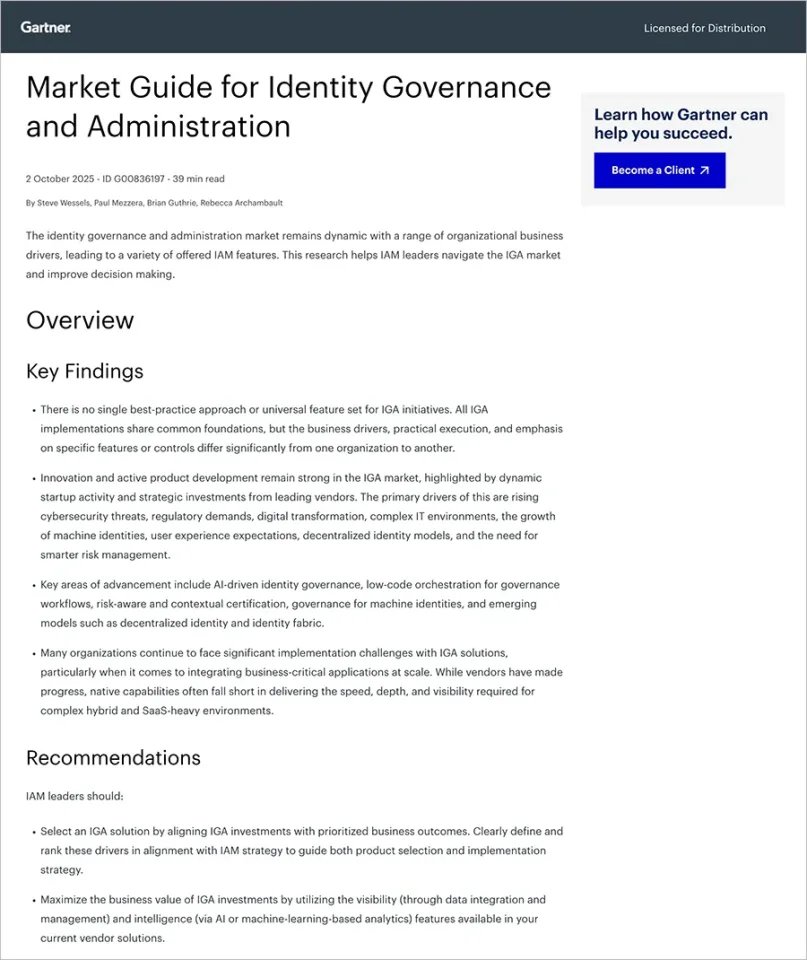Imagine you work for a healthcare provider, and a hacker infiltrates your network to steal patient medical records. This sensitive data could be used for fraudulent purposes, identity theft, or even sold on the black market. Unfortunately, this scenario is a real possibility and highlights the dangers of data exfiltration.
But what exactly is data exfiltration, and how does it happen? In this article, we’ll examine the different facets of data exfiltration and how proactive steps can be taken to prevent them. We will outline common data exfiltration techniques and offer ten security strategies to effectively prevent data exfiltration.
What is Data Exfiltration?
Data exfiltration, also known as data theft, involves the unauthorized transfer of data from a system (like a computer, server, or network) to an unauthorized system controlled by a hacker. It’s crucial to distinguish this from data leakage, which is an unintentional data exposure and disruption of protected data. Data exfiltration can occur through various means, including external attacks, insider threats, and technical vulnerabilities.
How Does Data Exfiltration Happen?
Data exfiltration usually occurs through various methods, and some of the main causes and ways data exfiltration can happen are:
External attacks
External attacks happen when cybercriminals or hackers target an organization’s security systems to get access to sensitive data and steal it.
Such invasive attacks frequently involve malware, phishing attacks, and exploiting software vulnerabilities to gain unauthorized access to an organization’s systems and steal data. Techniques like cross-site scripting (XSS), SQL injection, and buffer overflows can be used to extract data from databases or web applications.
Insider threats
Unhappy employees or disgruntled contractors with legitimate access can intentionally exfiltrate data for personal gain or other malicious purposes. The impact of insider threats is especially significant as these individuals possess access to sensitive information.
Insiders can copy data to external storage devices, send it via email, or transfer it through cloud services.
Technical vulnerabilities
Misconfigured cloud services, APIs, or applications can leave data exposed to the prying eyes of hackers, leading to data exfiltration.
Vulnerabilities in web applications, databases, or cloud storage services can be exploited to extract data.
To prevent data exfiltration, organizations must implement security measures such as access controls, encryption, network monitoring, employee training, and incident response plans.
Common Data Exfiltration Techniques
Data exfiltration techniques range from social engineering attacks to advanced network-based methods. By examining these techniques, we can gain insights into their functionality and take proactive measures against them happening in the future.
Social Engineering and Phishing Attacks
Social engineering manipulates team members with legitimate access to systems into revealing confidential information. Attackers trick people into providing data they would otherwise keep private, such as login credentials or credit card numbers. Phishing, a form of social engineering, uses fraudulent emails that mimic reputable sources to steal sensitive data or install malware.
Insider Threats and Data Misuse
Data exfiltration doesn’t always stem from external attacks. It can also occur from within. Insider threats, either accidental or intentional, can cause significant data loss. Employees may unknowingly give access to company data by clicking a malicious link, responding to a phishing email, or ignoring a critical software update.
Use of Insecure External Devices
Insecure devices or external storage mediums can facilitate data exfiltration. Cybercriminals can infect these devices with malware when connected to a network. Insiders could potentially exploit these gadgets to deliberately pilfer information.
Cloud and Application Vulnerabilities and Database Leaks
The rise of cloud services and complex applications has introduced new vulnerabilities. Misconfigurations, code vulnerabilities, and insecure databases can be exploited for data exfiltration.
Network-Based Exfiltration
Network-based exfiltration involves sending data from an internal network to an external location controlled by the attacker. This method can utilize standard protocols such as HTTP, FTP, and DNS, or stealthier techniques such as DNS tunneling or ICMP tunneling. The goal is to blend with regular network traffic and avoid detection.
The Risks of Data Exfiltration
Data exfiltration presents substantial threats that every organization should be aware of. These threats often include financial impacts, reputational damages, and in some cases, loss of competitive advantage.
Financial Impact
A data breach requires immediate actions such as remediation efforts and system improvements. In some cases, a breach or data compromise can even result in fines. If the breach involves sensitive customer information, the company may have to bear additional costs for customer notifications, credit monitoring services, and compensation for damages. In extreme circumstances, firms may confront litigations resulting in substantial court fees and out-of-court agreements.
Operational Disruption
Operational disruption is another major risk associated with data exfiltration. Addressing a breach requires time and resources that could otherwise be used for regular business operations. If the breach involves proprietary information or critical system data, it could give competitors an upper hand or even cripple important operations until the breach is contained.
Reputational Damage
Trust is an integral part of customer relationships, and a data breach can damage this trust. Customers may eventually lose confidence in a company’s ability to safeguard sensitive data, including their own personally identifiable information (PII). Restoring customer trust after a data breach can be a lengthy and costly process. A damaged reputation can also impact relationships with business partners.
Regulatory Penalties
Regulatory bodies can impose severe penalties in the event of a data breach. For instance, under the General Data Protection Regulation (GDPR), companies can face fines of tens of millions of dollars. Other regulations, such as the Health Insurance Portability and Accountability Act (HIPAA) in the U.S., also impose hefty fines for breaches involving sensitive health information.
Loss of Competitive Advantage
Data exfiltration can lead to a loss of competitive advantage. If proprietary business information is compromised, competitors or malicious actors could exploit it to gain an unfair advantage. This risk is particularly high for technology and innovation-driven companies, where intellectual property is a significant part of the company’s value.
10 Best Practices for Preventing Data Exfiltration
Here are ten strategies to help secure your data:
1. Implement strong access controls (ABAC)
ABAC lets organizations regulate access to systems and data based on user attributes. With ABAC, only authorized individuals can access specific data, minimizing both external and insider threats.
2. Conduct regular security training
Regular security training empowers employees to recognize phishing attacks and handle sensitive data safely. This training should also cover data handling and storage policies for a unified understanding and adherence throughout the company.
3. Use Data Loss Prevention (DLP) tools
DLP tools track data at rest, in motion, or in use to monitor, detect, and block potential data breaches. These tools help organizations prevent data exfiltration by identifying and blocking unauthorized data transfers.
4. Encrypt, mask, and scramble sensitive data across production and non-production environments
Encrypting sensitive data makes it unreadable without the correct decryption key. Data masking and scrambling can further protect data in testing and development environments.
5. Monitor and control endpoint security
Securing end-user devices like computers and mobile devices can prevent data exfiltration. It is crucial to ensure that devices connecting to the network adhere to defined security policies.
6. Deploy network segmentation
Dividing the network into separate segments controls how data moves throughout the organization. It restricts lateral movement by attackers, limiting potential breach damage.
7. Implement threat detection and response and session logging solutions
Threat detection and response solutions monitor network activity, detect potential threats in real-time, and respond swiftly to minimize impact.
8. Establish clear policies for data handling and storage
Clear policies for data handling and storage are crucial in preventing data exfiltration. These policies should outline secure methods for handling, storing, and transferring data.
9. Develop a security-aware culture
Encouraging employees to understand and contribute to security can reduce both external and insider threats. Their involvement in data protection enhances the organization’s defense against data exfiltration.
10. Regularly update and patch systems
Prompt updates and patches can fix known vulnerabilities that attackers might exploit. Incorporate this into the backbone of your tactics for online security.
Prevent SAP Data Exfiltration with Pathlock
Data exfiltration poses severe risks and demands an effective data security strategy. Pathlock serves as a crucial solution, monitoring data access and transactions continuously. The Dynamic Access Controls (DAC) module from Pathlock is built on an ABAC authorization model. This enables a customizable and scalable, policy-based approach to data security and access control.
The module’s centralized ABAC policy administration capabilities ensure that you can easily define and apply granular, dynamic access control policies without the need for redundant policy administration efforts on a per-role basis. Since the access control policies are centrally managed and highly adaptable, data security is maintained even during shifting security or compliance requirements.
Additionally, the DAC module delivers comprehensive session logging and integrates with Pathlock’s Threat Detection and Response module to track user activities within SAP systems, automating incident analysis and response, audit trails, and other access-related forensic investigations.
Since the module enables automated reporting and real-time visibility, it is effortless to demonstrate that access controls are being effectively governed to maintain data security. This is invaluable for quickly understanding and reporting the source, scope, and impact of a potential security incident or material breach, ensuring your organization is compliant with regulations like the SEC Cyber Rule.
Get in touch with us today to learn how Pathlock can secure your critical business application data and streamline regulatory compliance.



